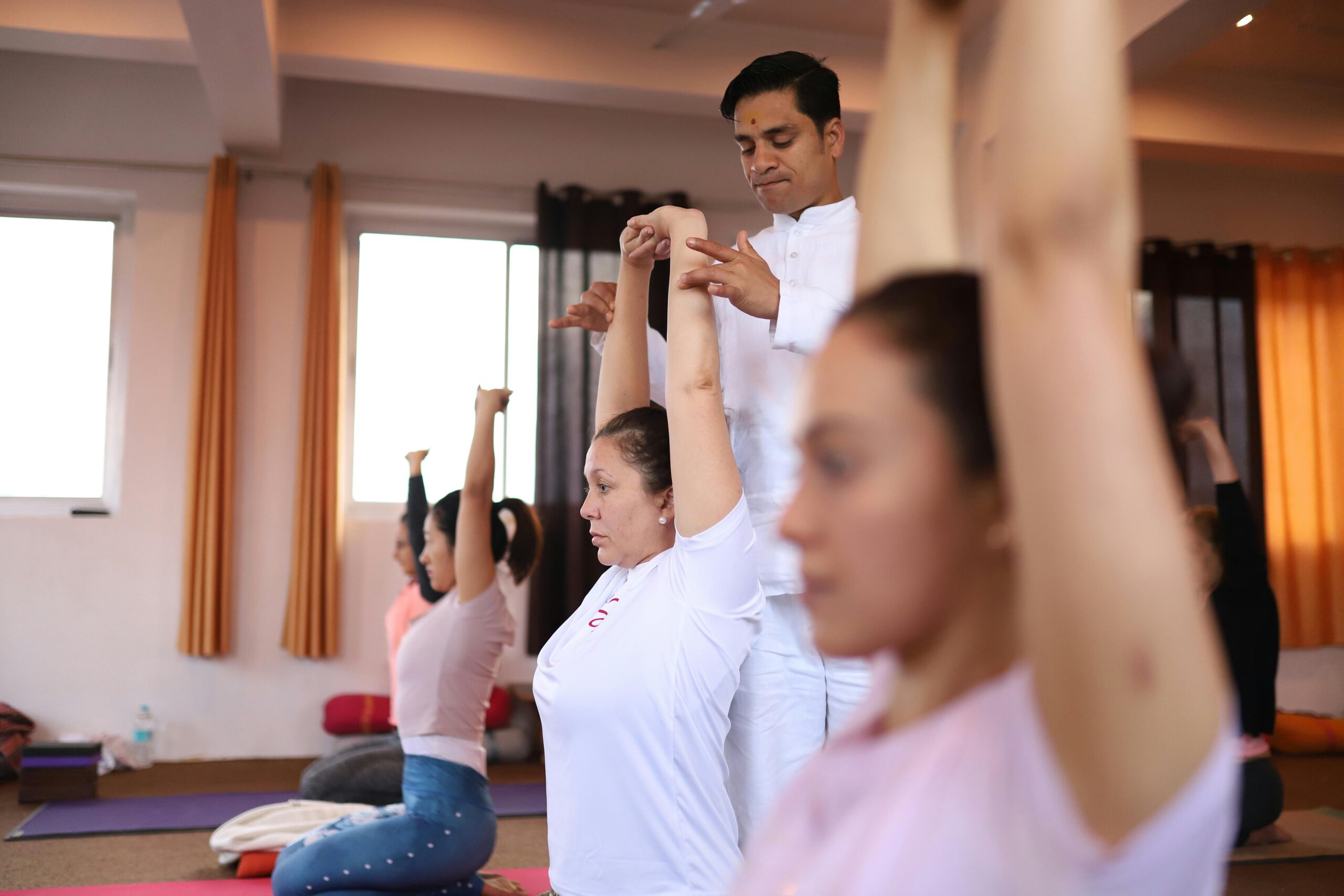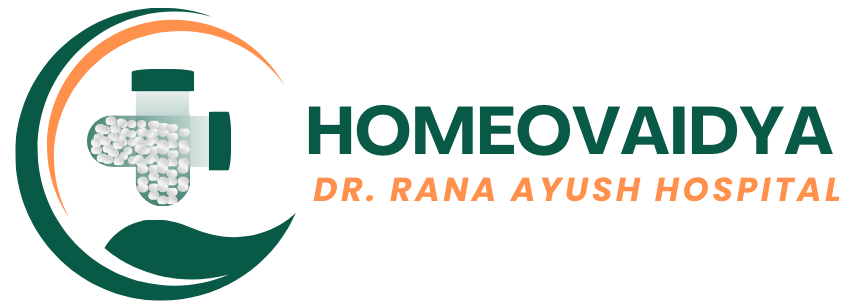Yoga
“Yoga is not an ancient myth buried in oblivion; it is the most valuable inheritance. It is the essential need of today & culture of tomorrow.”
-Swami Satyananda Saraswati
The word ‘Yoga’ means ‘Union’; union of mind, body & soul; the union of one’s self with the universal self- the supreme soul. In the present era, yoga is a necessary tool to keep oneself not only physically & mentally healthy but also socially & spiritually calm. Sage Patanjali developed the eight-fold paths/stages for practice of yoga known as “Ashtanga Yoga.”
They are:
- Yama (social code)
- Niyama (personal code)
- Asana (sitting pose)
- Pranayama (control of prana)
- Pratyahara (sense withdrawl)
- Dharana (concentration)
- Dhyana (meditation)
- Samadhi (super-consciousness)
The first five stages are the exoteric practices of yoga. They gradually remove the external distractions whilst the last three stages are esoteric. They eradicate the disturbing thoughts and psychic manifestations so that the mind ceases to function. The inner world is balanced with the outer world so that the transcendental world begins to function in Samadhi.
The science of yoga applies itself to all aspects of life. It begins to work on the outermost aspect of personality, the physical body, which for most people is a practical and familiar starting point. When imbalance is experienced at this level; the organs, muscles and nerves no longer function in harmony rather act in opposition. For instance, the endocrine system might become irregular and the efficiency of the nervous system decrease to such an extent that a disease will manifest. Yoga aims at bringing the different bodily functions into perfect coordination.
The basic yogic practices include:
- Asana, the postures
- Pranayama, breathing technique
- Mudra, positions or gestures which represent the psyche
- Bandhas, locks for channelizing energy
- Shatkarmas, the cleansing practices.
The effects of yogic practices during and after performance are currently being researched by scientists and doctors around the world. The results show that these are potent means to restore and maintain physical and mental health.
Asana, the postures:
‘Asana’ means a state of being in which one can remain physically and mentally steady, calm, quiet and comfortable. They are specific body positions which open the energy channels and psychic centres. They are tools to higher awareness and provide the stable foundation for our exploration of the body, breath, mind & beyond. By developing control of the body through asana, the mind is also controlled.
Pranayama, breathing technique:
‘Pranayama’ is generally defined as breath control. Actually the word ‘Pranayama’ is comprised of two roots: ‘Prana’ & ‘Ayama’. ‘Prana’ means ‘vital energy or life force’. It is closely related to the air or the oxygen we breathe in but a little more subtle than that. Pranayama is aimed at introducing extra oxygen into the lungs. ‘Ayama’ means ‘extension or expansion’. Thus the word “Pranayama” means “extension or expansion of the dimensions of Prana”.
Rhythmic, deep and slow respiration stimulates the body systems and is stimulated by calm, content states of mind. Irregular breathing disrupts the rhythm of the brain and leads to physical, emotional and mental blocks that in turn, leads to inner conflict, an unbalanced personality, a disordered lifestyle and disease. Pranayama establishes regular breathing patterns, breaking this negative cycle and reversing the debilitating process.
Through the practice of Pranayama the energy trapped in neurotic, unconscious mental patterns may be released for use in more creative and joyful activity. Respiration fuels the burning of oxygen and glucose, producing energy to power every muscular contraction, glandular secretion and mental process and hence, linked to all aspects of human experience.
Mudra, positions or gestures which represent the psyche:
‘Mudra’ can be described as psychic, emotional, devotional and static gesture or attitude. They are a combination of subtle physical movements which alter mood, attitude and perception which further deepan awareness and concentration. A mudra may involve the whole body in a combination of Asana, Pranayama, Bandha and visualization techniques or it may be a simple hand position. Mudras are higher practices which lead to awakening of the Prana, Chakras and Kundalini.
In scientific terms, mudras provide a mean to access and influence unconscious reflexes and primal, instinctive habits patterns that originate in the primitive areas of the brain around the brain stem.
The attitudes and postures adopted during Mudra practices establish a direct link between the physical body (Annamaya Kosha), the mental body (Manomaya Kosha) and the energy body (Pranamaya Kosha).
Bandhas, locks for channelizing energy:
‘Bandha’ means to ‘hold’, ‘tighten’ or ‘lock’. For the physical actions involved in the Bandha practices have direct effect on the pranic body. The bandhas aim to lock the pranas in particular areas and redirect their flow for the purpose of spiritual awakening.
Bandhas should first be practised and mastered individually. Only then can they be beneficially incorporated with Mudra and Pranayama practices. When continued in this way, they awaken the psychic faculties and form an adjunct to higher yogic practices; but it is very important to observe the contraindications too.
Shatkarmas, the cleansing practices:
‘Shat’ means ‘Six’ and ‘Karma’ means ‘Action’. These are the six purificatory procedures for attaining physical and mental cleaning and hence attaining balance. According to both Ayurveda & Yoga, an imbalance in the doshas will result in illness. The Shatkarmas are also used to balance the three doses or humours in the body: ‘Kapha’ mucus, ‘Pitta’ bile and ‘Vata’ wind. These practices are also used before Pranayama and other higher yoga practices in order to purify the body of toxins and to ensure safe and successful progression along the spiritual path.
Each of these six karmas consists of variety of practices. Advice, precautions and contraindications are given for each practice individually and should be carefully observed. The cleansing and strengthening effects of these Shatkarmas are very beneficial therapeutically to lead a healthy life.
YOGA GALLERY




